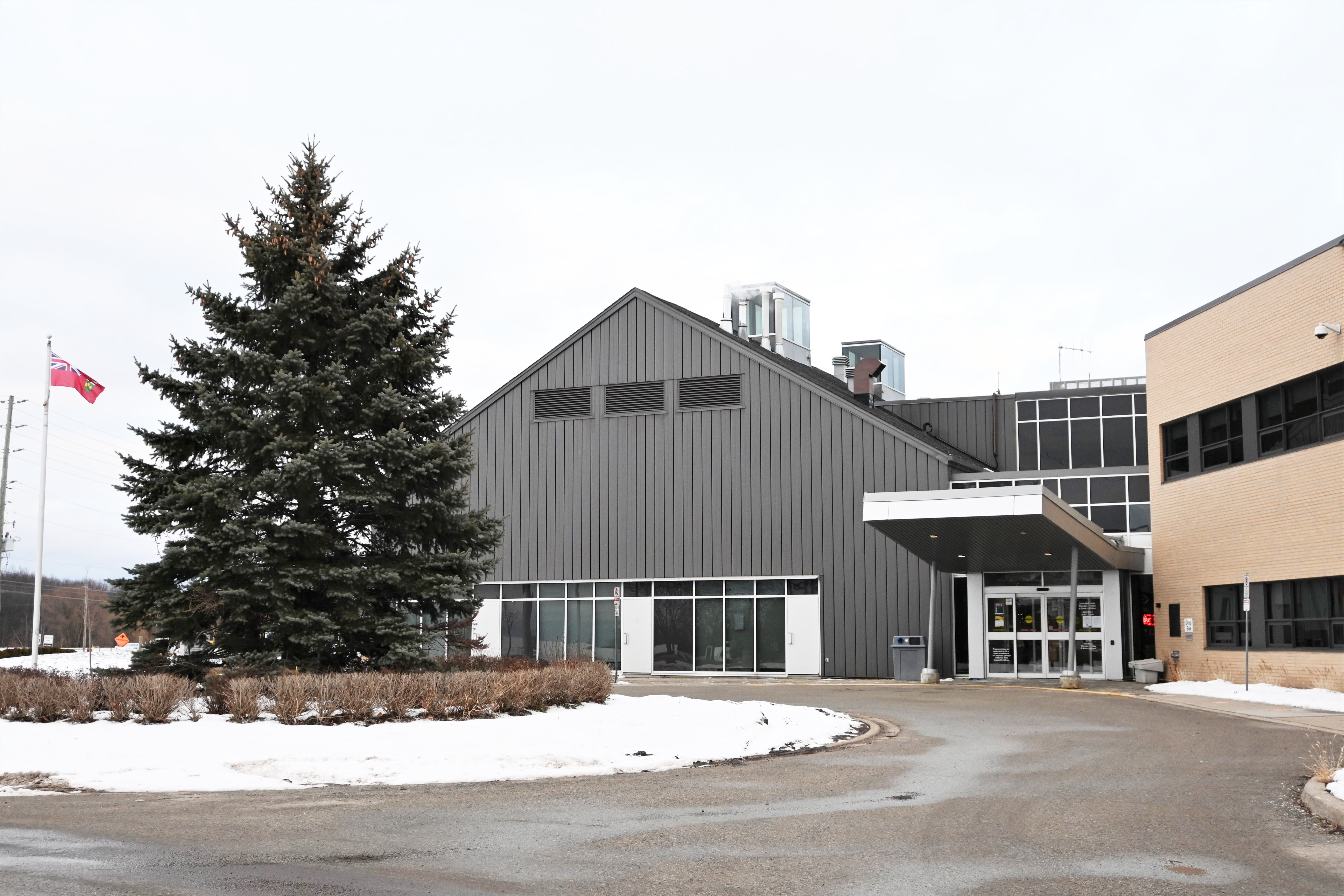Emerald Ash Borer Beetle
Since the Emerald Ash Borer beetle first came to North America in 2002, the species has quickly devastated the Ash tree population in southern Ontario. Despite many efforts to control the beetles' spread, they have persisted throughout the province, in Canada and the U.S.
The Emerald Ash Borer beetle's larva burrows into trees, just underneath the bark and cuts off the tree's water and nutrient supply. Once a tree is infected, its health declines rapidly. Because the beetles can move quickly and easily spread to surrounding trees, all Ash trees in Innisfil will likely succumb to the same fate.
Ash Borer Program
The Town of Innisfil has launched an Ash Borer Program, which works to survey and remove all standing dead and dangerous Ash trees from the community and replant a variety of trees that are not susceptible to the same infestation.
This five-year program removes trees on Town property through a priority system. Trees are categorized and mapped for removal by their state of decay. Due to how quickly trees can become infected, staff are always updating the map and priority areas.
Staff and our tree removal contractors work to remove the 'dead standing and dangerous' trees and any similar trees reported by residents first. To maximize resources and efficiencies, we also remove seemingly healthy trees in the same area.
Our following priorities are to remove Ash trees at locations with large Ash populations, such as Alcona North and Alcona South before moving onto other areas of the town.
Tree removal process
- Staff and contractors remove all Ash trees, even ones that may seem healthy, as we move through mapped locations where standing dead and dangerous trees have been identified. You can contact us to report a dead tree on a boulevard or on Town property. We will assess and confirm the tree's health and remove it in priority sequence.
- After the tree is removed a portion of its stump may remain. This may occur more often if people have planters or other decorative items around the tree (which violates our Roads By-law). Workers grind down the stump, add topsoil and seed the area. There may be a delay between the tree's removal and its stump grinding.
- Following the removal of trees and stumps, workers begin replanting. Replanting is expected to be an ongoing process spanning the five-year program. This means that although a certain tree may be removed one year, it may not be replanted for several years. We replant a variety of tree species, but due to availability and limited resources, we cannot accommodate specific requests for tree species. As with all tree planting, the location and removed tree's root bulb may hinder efforts to replant in the same spot. We make every effort to replant trees close to where previous trees were removed from.
Wood from removed trees
To contain and slow the spread of the invasive Emerald Ash Borer beetle, ash wood has strict restrictions for transportation. Because of this, the wood must be collected and destroyed by staff. It is unavailable to be used as firewood.
Ash trees on private property
Ash trees located on private property are the responsibility of the homeowner. We recommend that residents remove any Ash trees on their property to help prevent future damage and contain the spread of the beetle.
Learn more about the Emerald Ash Borer beetle
View Natural Resources Canada's video to learn more about the Emerald Ash Borer beetle.

